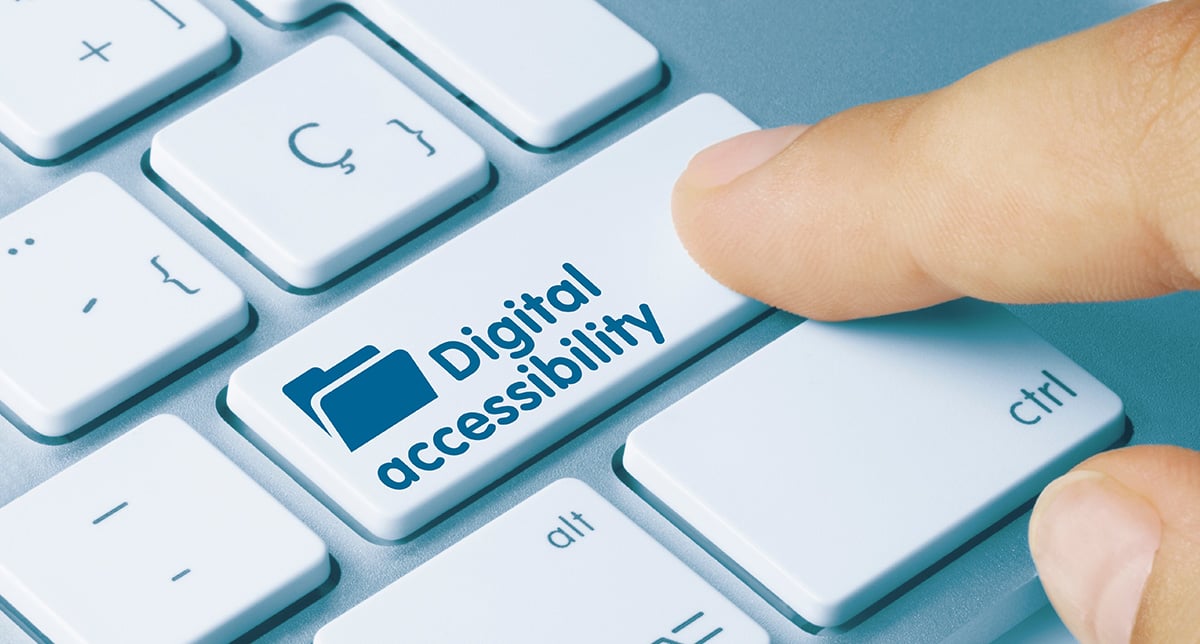According to the CDC, 1 in 4 Americans have been diagnosed with a disability. The Americans with Disabilities Act (ADA) is a federal civil rights law that protects people with disabilities from discrimination. These guidelines require equal access to electronic and information technology like websites.
Inclusive Solutions
Website accessibility establishes equal access to digital content regardless of the type of disability - auditory, cognitive, physical, neurological, or visual. The Department of Justice recently reaffirmed their position that
ADA requirements apply to any goods, services, privileges or activities offered on the website of a public business. Inaccessible websites deny users a comprehensive experience and understanding of your business and opens it up to legal liability. It's much like closing a physical door on a potential customer.
Accessibility Compliance Checklist
Known and unknown barriers may be limiting your company's exposure to people with disabilities. Web Content Accessibility Guidelines (WCAG) were developed and center around four main principles: Perceivable (content and UI available using multiple senses), Operable (ability to navigate and operate UI), Understandable (readable and digestible content), Robust (content interpreted by a wide variety of browsers and assistive tech).
Below is a snapshot of WCAG success criteria used to differentiate an accessible site from an inaccessible one.
- Poor color contrast - People with limited vision and color blindness can't read text with low contrast between text and background
- Use of color alone to provide information - Relying only on color cues will limit access to important info (ex. highlighting important information in yellow)
- Lack of text alternatives (“alt text”) on images - Alternative text conveys the message of an image to blind people
- Videos without captions - People with hearing disabilities are affected by videos that do not provide captions
- Inaccessible online forms - Fillable forms must be acceptable for screen readers
- Mouse-only navigation (lack of keyboard navigation) - Websites must be useable without a trackpad/mouse
Benefits & Goals
The benefits of ensuring digital accessibility far outweigh the risks. Research completed by the Seyfarth ADA Title III News & Insights Blog states that, between 2017 and 2021, the number of ADA-related lawsuits and legal actions increased by 400%. Realizing and addressing ADA-compliance issues helps to avoid future litigation.
Accessibility also improves your SEO by allowing search engine algorithms to better understand the content and improve searchability. By creating an accessible digital experience, your company illustrates a commitment to equality and inclusion, improving your brand awareness. Accessible digital assets provide an improved and intuitive user experience that will positively impact ROI, engagement and conversions.
Accessibility also improves your SEO by allowing search engine algorithms to better understand the content and improve searchability. By creating an accessible digital experience, your company illustrates a commitment to equality and inclusion, improving your brand awareness. Accessible digital assets provide an improved and intuitive user experience that will positively impact ROI, engagement and conversions.
